Using Behavioral Interventions to Address Challenging Behaviors in Autism
Effective Strategies for Managing Autism-Related Behaviors
Introduction
Autism Spectrum Disorder (ASD) often brings with it a spectrum of behaviors that can be challenging for families, educators, and the individuals themselves. Understanding and managing these behaviors necessitate an informed approach that integrates various behavioral interventions and strategies, emphasizing understanding and communication over mere correction. This article delves into the diverse methodologies and tools available to address challenging behaviors in autism, focusing on evidence-based practices and personalizing interventions to meet individual needs.
Understanding and Identifying Challenging Behaviors in Autism
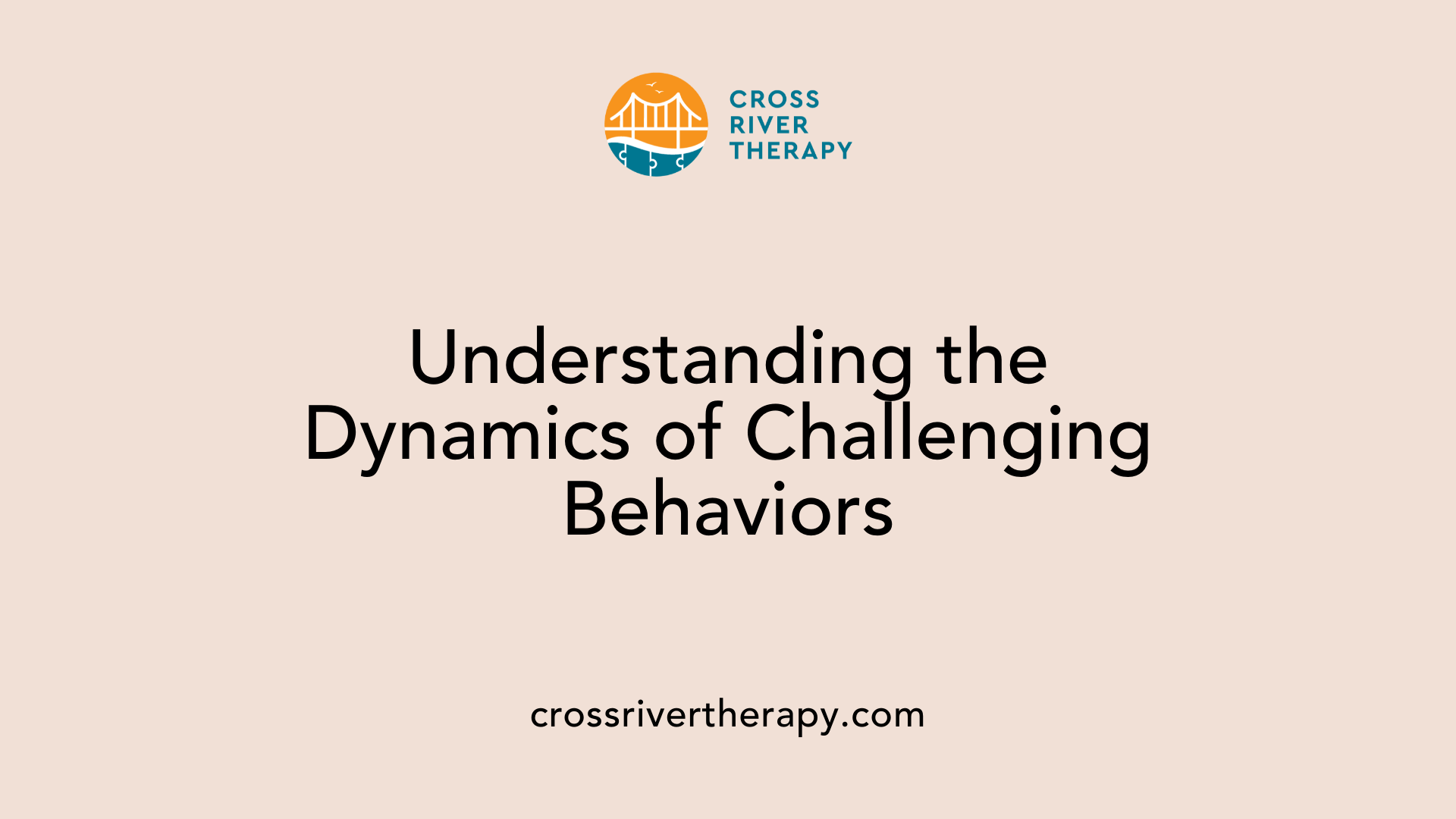
Definition of challenging behaviors
Challenging behaviors in individuals with autism spectrum disorder (ASD) are defined as actions that cause harm, disrupt learning, or interfere with daily life. These behaviors can include self-injury, aggression, social withdrawal, and repetitive actions, often serving as a form of communication when other methods fail.
Triggers and contexts of behaviors
Understanding the triggers and contexts surrounding these behaviors is crucial. Common triggers can include sensory overload, communication difficulties, and unexpected changes in routine. Biological factors like anxiety and sensory processing issues often exacerbate these challenges.
Environmental contexts, such as classroom settings or unfamiliar situations, can also play a significant role in influencing behaviors.
Strategies for tracking behavior patterns
To effectively manage challenging behaviors, caregivers and professionals can employ several strategies:
- Behavior Diaries: Keeping a detailed record of behaviors helps identify patterns and possible triggers, assisting in developing tailored interventions.
- Functional Behavioral Assessment (FBA): This assessment identifies the contexts and functions of particular behaviors, guiding the creation of a customized Behavior Intervention Plan (BIP).
- Visual Supports and Clear Communication: Utilizing visual schedules and explicit language can reduce frustration and help children understand expectations, which may lessen the occurrence of challenging behaviors.
By integrating these approaches, adults can provide the support and structure needed to foster positive behavioral changes in children with autism.
Types of Behavioral Interventions for Autism
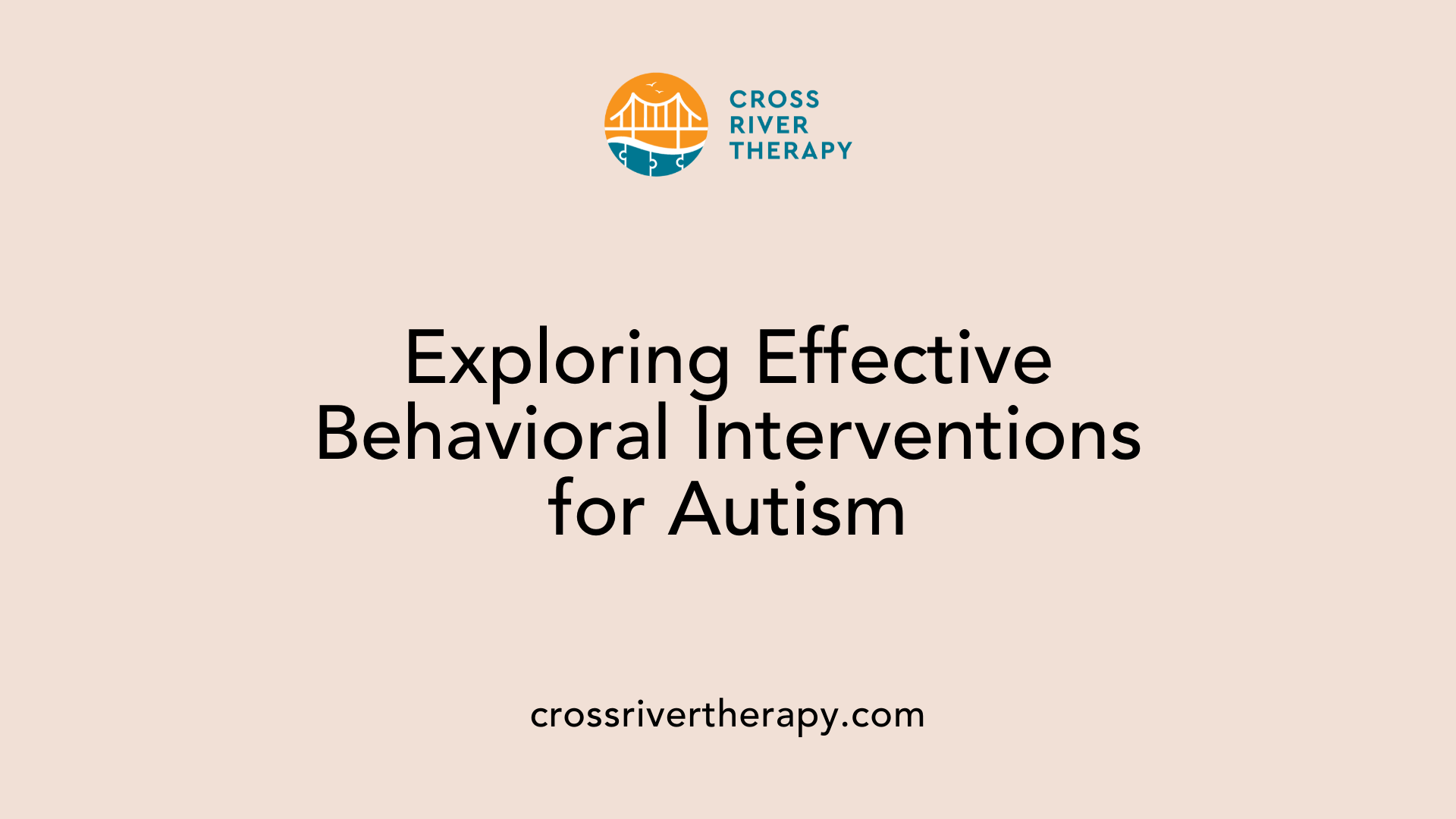
What types of behavioral interventions can be effective for autistic individuals?
Behavioral interventions effective for autistic individuals include several approaches that target the development of social, academic, and daily life skills. Among these, Applied Behavior Analysis (ABA) is the most widely recognized and foundational method, utilized to reduce challenging behaviors and teach new skills through positive reinforcement.
Parent-Mediated Interventions (PMI) empower parents by providing them with the skills to support their children effectively. This approach improves functioning while reducing behavioral challenges, allowing families to be active participants in the intervention process.
Pivotal Response Treatment (PRT) focuses on enhancing pivotal areas of development, such as motivation and self-management, promoting generalization of skills across various settings. Additionally, the Early Start Denver Model (ESDM) is effective for toddlers, using naturalistic play to foster communication and social skills.
However, it’s important to note that cognitive behavioral therapy (CBT) can also be effective for addressing emotional difficulties in autistic individuals. The effectiveness of interventions may vary and should be tailored to each individual, incorporating methods such as speech and language therapy based on personal strengths and challenges. Early intervention is crucial, significantly improving developmental outcomes for children diagnosed with Autism Spectrum Disorder (ASD).
Effective behavioral interventions lead to positive changes, though a collaborative approach involving parents, therapists, and educators is essential for success.
| Intervention Type | Focus Area | Effectiveness |
|---|---|---|
| ABA | Behavior Modification | Established as the gold standard |
| PMI | Parent Engagement | Enhances family support and reduces issues |
| PRT | Pivotal Skill Development | Improves motivation and social interactions |
| ESDM | Early Childhood Development | Boosts communication and socialization |
| CBT | Emotional Regulation | Supports coping strategies, though access may be limited |
Combining these strategies optimally addresses the unique needs of children with autism, ensuring comprehensive support in their development.
Implementing Behavior Modification Strategies in Autism
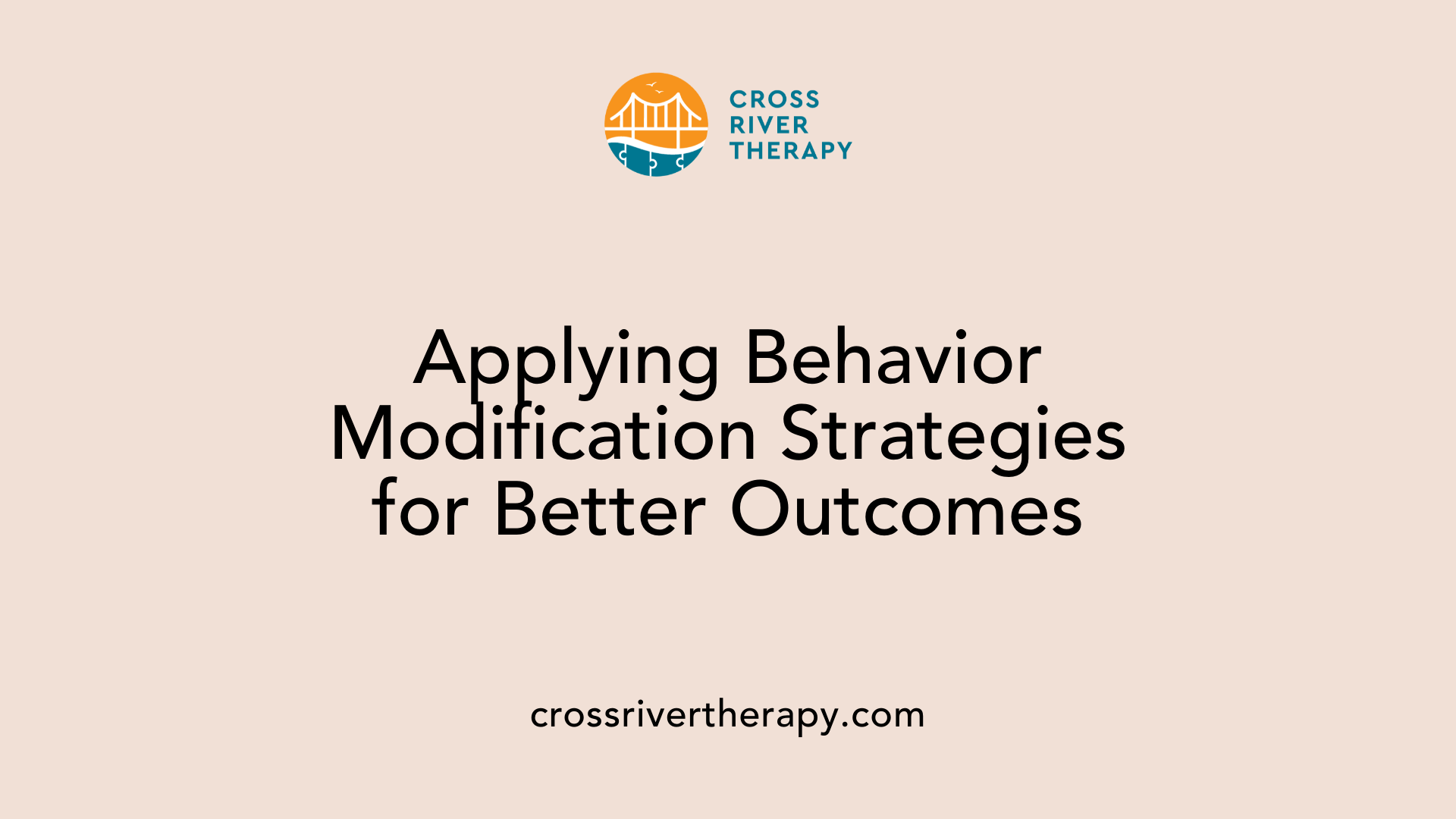
How can behavior modification be applied to address behavioral issues in autism?
Behavior modification strategies are highly effective in addressing behavioral issues associated with autism spectrum disorder (ASD). By employing techniques such as positive reinforcement, practitioners can encourage desired behaviors. This involves rewarding individuals when they demonstrate a preferred behavior, which increases the likelihood of that behavior recurring.
Negative reinforcement also plays a role in behavior modification. This method removes unfavorable or aversive stimuli when the desired behavior is exhibited, thereby fostering an environment that encourages compliance and positive actions. For example, if a child is less anxious and calms down upon completing an activity, the anxiety (the negative stimulus) is removed, reinforcing a constructive response.
While approaches like positive punishment can discourage unwanted behaviors, they should be utilized cautiously and in conjunction with a thorough understanding of the individual’s specific needs.
The Importance of Routine and Structure
Implementing a consistent routine is essential for individuals with autism. A structured environment with clear expectations can significantly reduce anxiety and behavioral issues. For instance, visual schedules, advanced warnings for transitions, and outlining daily activities help individuals anticipate changes, which eases their adjustment.
Frequent evaluation of the effectiveness of behavioral strategies is also crucial. Tailoring interventions to the individual's progress, interests, and learning style ensures that they remain beneficial over time. By integrating these behavior modification strategies, caregivers can create a supportive atmosphere that promotes positive developments in social functioning, learning, and overall well-being.
Functional Behavior Assessment and Behavior Intervention Plans
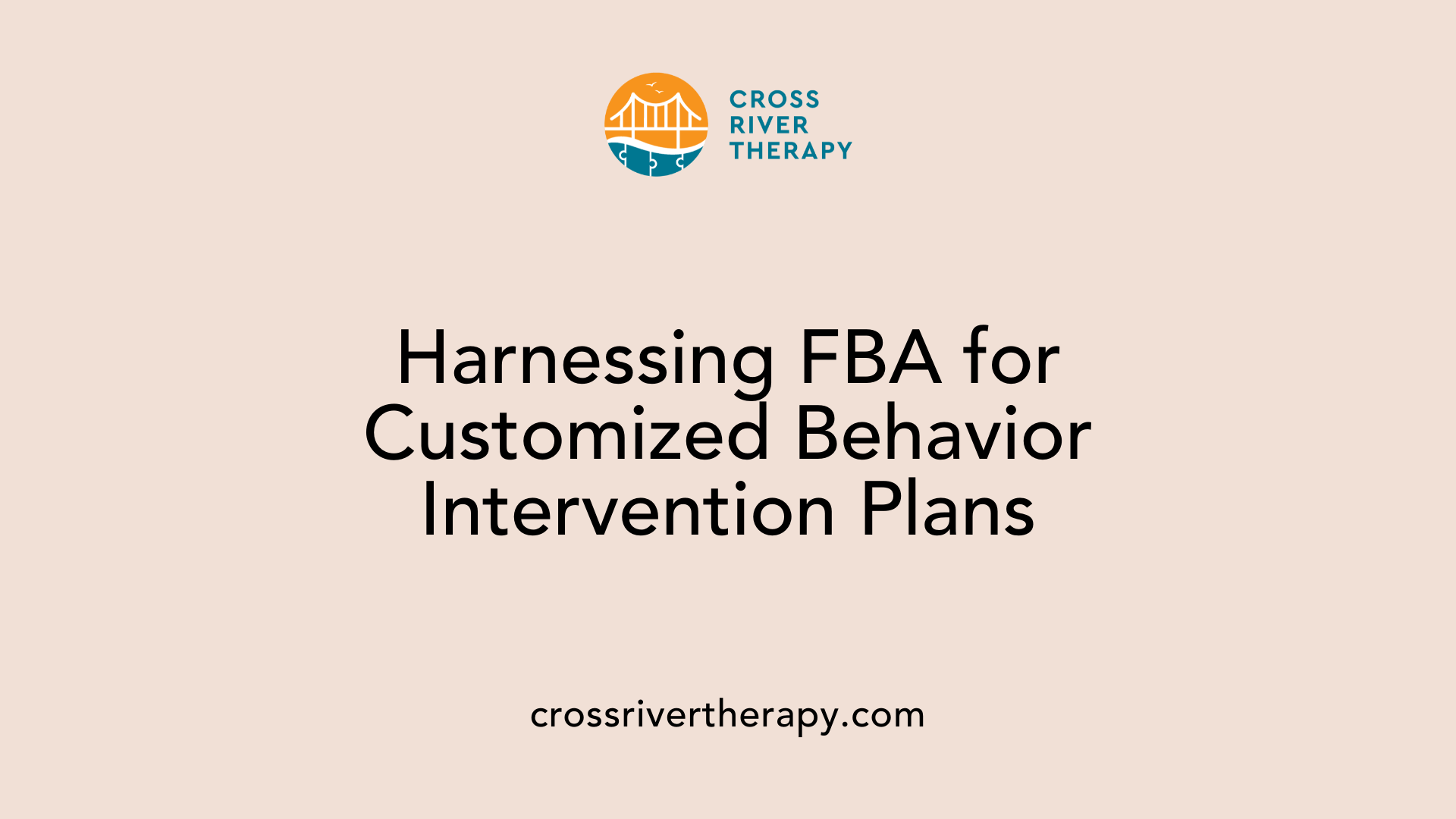
Role of FBA in assessing behaviors
Functional Behavior Assessment (FBA) is a critical tool in understanding and addressing challenging behaviors in individuals with autism spectrum disorder (ASD). It involves systematic observation and analysis to identify specific behaviors, the context in which they occur, and the triggers that lead to these behaviors. By pinpointing both the antecedents and consequences, FBA helps clarify the function of the behavior, whether it’s seeking attention, escaping a situation, or fulfilling a sensory need.
Developing BIPs using evidence-based strategies
Once FBA has been conducted, the next step is to create a tailored Behavior Intervention Plan (BIP). This individualized plan incorporates evidence-based strategies, aiming to reduce problematic behaviors while promoting alternative, functional behaviors. The BIP outlines specific interventions, including teaching replacement behaviors, utilizing positive reinforcement, and addressing environmental modifications. These plans must be dynamic, adapting over time based on ongoing assessment and data collection to ensure effectiveness.
Individualized approach in behavioral interventions
Implementing an individualized approach is essential in behavioral interventions for autism. Each child presents a unique set of strengths, challenges, and communicative styles. Customizing intervention strategies to match personal needs helps to improve engagement and reduces instances of challenging behaviors. By considering sensory sensitivities, communication preferences, and emotional triggers, practitioners can foster better learning environments and promote positive behavioral changes.
Communicating Through Behavioral Interventions
Communication as a key focus
Interventions aimed at managing challenging behaviors in individuals with autism spectrum disorder (ASD) emphasize the importance of communication. Many of the behaviors exhibited—such as aggression, self-injury, or tantrums—can often be understood as forms of communication. For instance, a child might resort to hitting or yelling because they are unable to express discomfort or need effectively. Therefore, understanding these behaviors allows caregivers and professionals to develop strategies that teach individuals more functional forms of communication.
Teaching alternative communication methods
An essential aspect of intervention is the teaching of alternative communication methods. Tools like Augmentative and Alternative Communication (AAC) systems, picture exchange communication systems (PECS), and language development techniques are commonly utilized. By equipping children with new ways to express their needs, such as using pictures or sign language, they can engage more positively with their environment and reduce instances of frustration that may lead to challenging behaviors. In practice, this might involve role-playing scenarios where a child practices asking for help or requesting a break.
Addressing sensory and emotional needs
Addressing sensory sensitivities and emotional needs is also crucial. Many children with autism experience heightened sensitivity to light, sound, and texture, which can trigger challenging behaviors. Effective strategies include modifying the environment (e.g., reducing noise or providing calming visuals) and implementing sensory breaks. Additionally, teaching self-regulation skills such as deep breathing or providing a quiet space for decompression can significantly help in managing difficult moments. By accommodating these needs, interventions not only help minimize disruptions but also foster a more supportive learning and social environment.
How do interventions for challenging behavior work in autism?
Interventions for challenging behavior in autism work by focusing on understanding the underlying causes of the behavior rather than merely suppressing it. A systematic assessment is essential to identify factors that contribute to the behavior, such as pain, sensory needs, or environmental triggers. Communication training is a key component, helping individuals express their needs and preferences while reducing frustration. In some cases, an initial increase in challenging behavior, known as an 'extinction burst,' may occur as the individual adjusts to new strategies. Overall, a comprehensive approach that maximizes the individual's quality of life and incorporates input from caregivers and professionals is critical for successful intervention.
Transdisciplinary Approaches and Case Studies in Behavioral Interventions
Importance of professional collaboration
Collaborative teamwork among professionals is crucial in delivering effective behavioral interventions for individuals with Autism Spectrum Disorder (ASD). A transdisciplinary approach combines insights from different fields, such as psychology, education, and speech therapy. This collaboration results in more comprehensive support tailored to each child's specific needs. The sharing of expertise allows for the development of cohesive strategies that directly address challenging behaviors and enhance overall outcomes.
Real-world applications and success stories
There are numerous success stories highlighting the effectiveness of transdisciplinary approaches. For example, one case involved a child with ASD who exhibited severe tantrums during transitions. By collaborating, educators and therapists implemented a structured routine, visual schedules, and social stories, vastly improving the child's ability to manage transitions and reducing disruptive behaviors. Such real-world applications demonstrate how integrated efforts can lead to significant progress.
Personalized intervention outcomes
Personalized interventions that arise from a collaborative process engage children more effectively. Tailoring strategies, such as using individual strengths to shape positive behaviors and adjusting communication methods, enhances participation in learning environments. Studies show that when behaviors are addressed through personalized interdisciplinary plans, children are more likely to develop functional skills, ultimately leading to a better quality of life.
Guidelines and Resources for Effective Behavioral Interventions
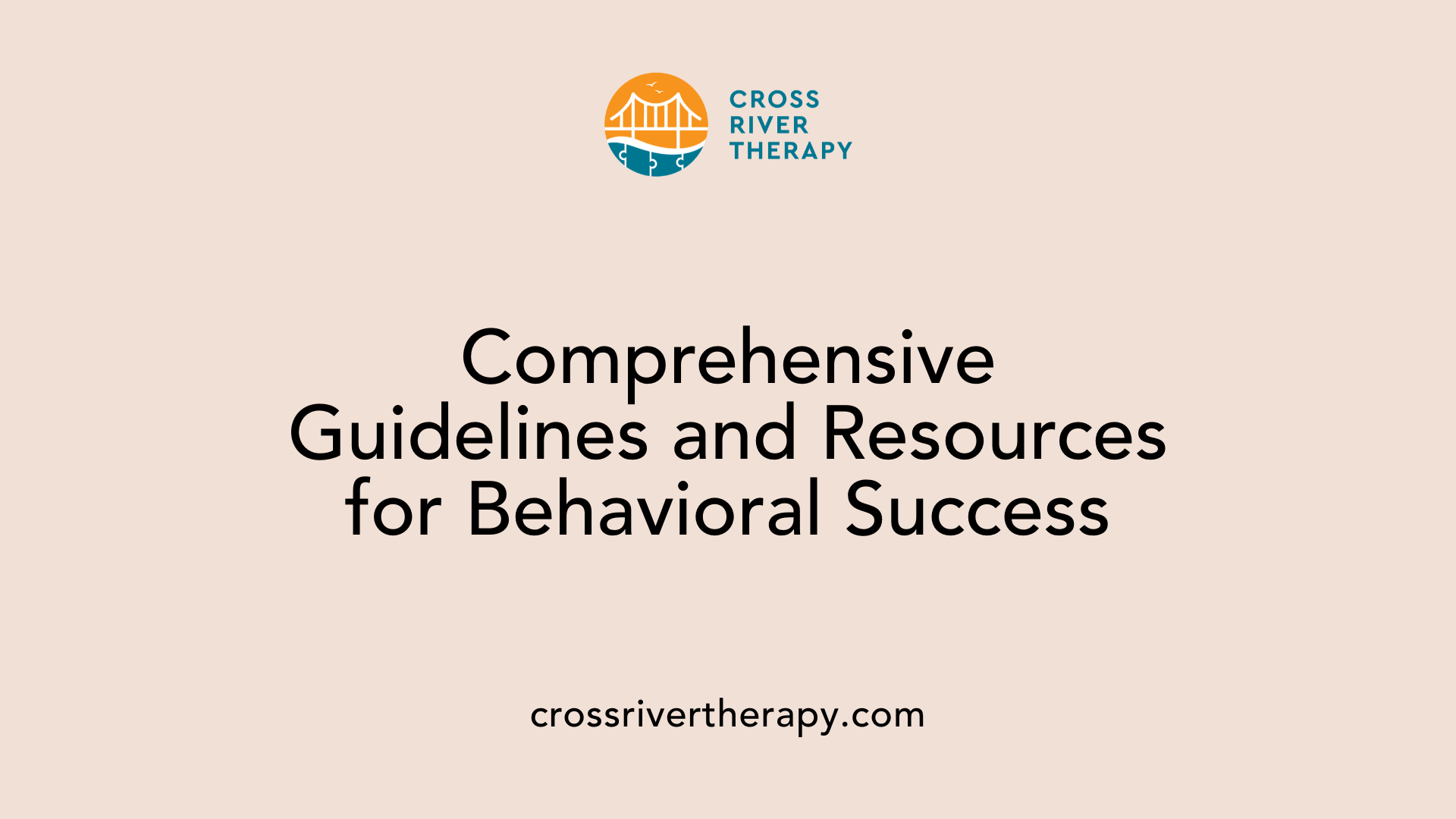
Research findings and empirical support
Multiple studies indicate the effectiveness of behavioral interventions, particularly Applied Behavior Analysis (ABA) methodologies, in managing challenging behaviors associated with Autism Spectrum Disorder (ASD). For instance, interventions employing functional behavior assessments (FBA) often show a significantly higher effectiveness—averaging 85% in comparison to 66% for those without such assessments. These strategies have resulted in notable reductions in challenging behaviors, including a reported average decrease of 81% overall.
Tools and resources available
The Challenging Behaviors Tool Kit offers valuable strategies for caregivers and educators to manage behaviors effectively. Resources include guidance on recognizing behaviors as forms of communication, which allows for the teaching of appropriate expression methods. Moreover, the Autism Response Team (ART) connects families with vital resources necessary for support and intervention.
Additionally, peer-reviewed articles and studies compiled in a synthesis review outline interventions that enhance behavior quality and promote positive reinforcement strategies. Specialized approaches like the Early Start Denver Model also enable targeted skill development in children.
Advice for caregivers and educators
For optimal results, tailored Behavioral Intervention Plans (BIPs) should be created for each child, including proactive strategies such as visual schedules, effective communication techniques, and structured routines. Setting clear, realistic expectations and incorporating sensory needs into curricular activities can significantly reduce behavioral disruptions, while teaching replacement behaviors further fosters positive engagement.
Conclusion
Behavioral interventions for autism require a layered and individualized approach that emphasizes understanding, communication, and collaboration among caregivers and professionals. Through the strategic application of evidence-based methodologies such as ABA, FBA, and various communication strategies, challenging behaviors can be effectively managed. It is critical to view these behaviors as opportunities to enhance communication and improve the quality of life for individuals with autism and their families. By fostering an inclusive and supportive environment, we can help mitigate the challenges of autism and celebrate the unique abilities of each individual.
References
- Behavioral Interventions for Autism Spectrum Disorder
- Utilizing ABA To Address Challenging Behaviors
- Treatment of severe problem behaviour in children with autism ...
- Challenging Behaviors and Autism
- Autism In The Classroom: How To Handle Behavior Challenges
- Challenging Behaviors Tool Kit - Autism Speaks
- Types of Autism Behavior Interventions
- Skill-based treatment for challenging behavior in autism spectrum ...
- Effectively Addressing Challenging Behaviors in Children with Autism



